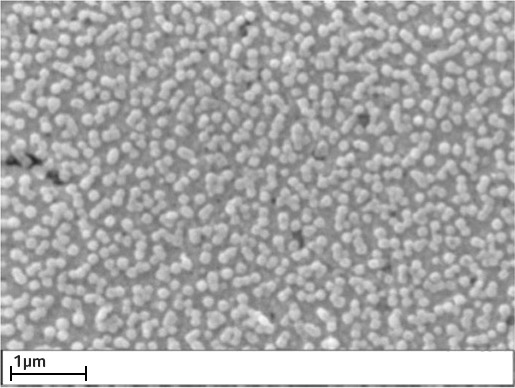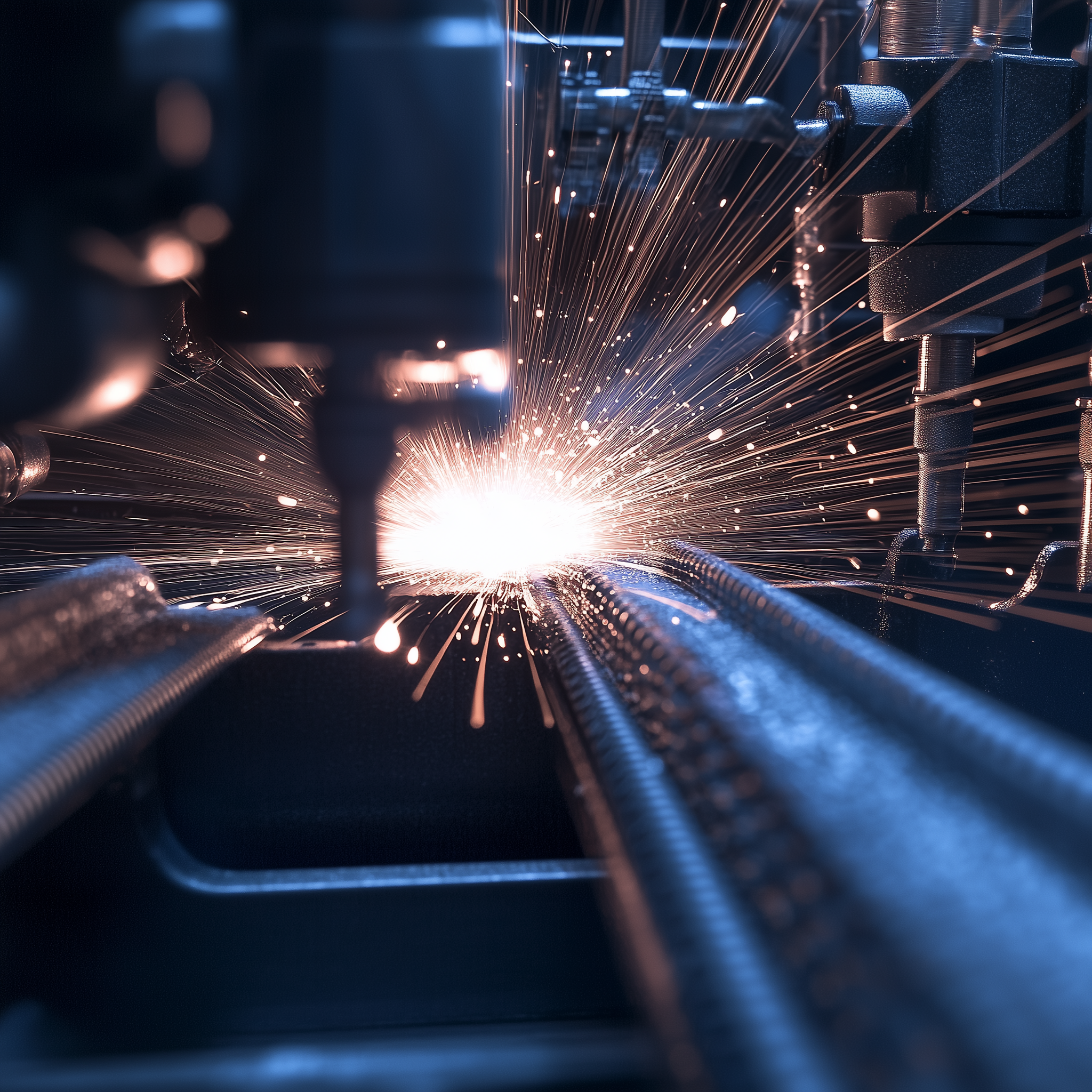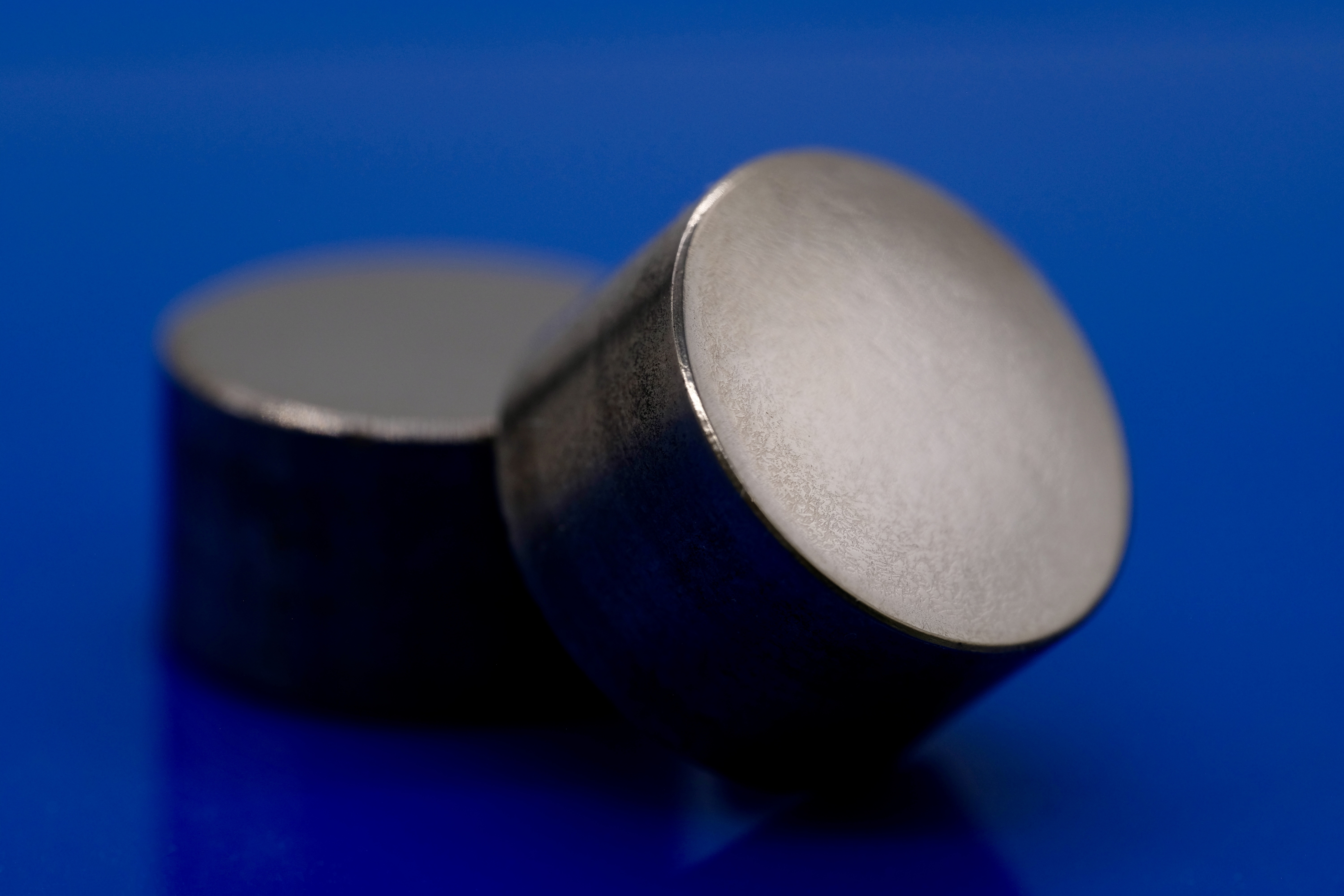Ancient as metallurgy itself, extremely resistant to corrosion and with a wide variety of industrial applications precious metals have accompanied mankind through its progress and evolution.
Due to the possibility to manufacture very fine grained and nano-crystalline alloys of high purity metals and alloys, EPoS’ technology, can drastically improve the scratch proof ability and hardness of precious alloys, without additional surface treatments or with a reduction in alloying elements, making precious alloys even more precious.
- Watch Bezels
- Balance wheels
- Watch Gears
- Blanks for jewelry and watchmaking
- Rings
- Electrical contacts/switches
- Composites for thermal management
- Special tools/electrodes

Hardnesses of over 280 HV have been obtained in 18K3N gold, high resolution SEM images on the left of sub-micron precipitates in nano-crystalline gold sintered by EPoS without heat treatment or addition of alloying elements.

